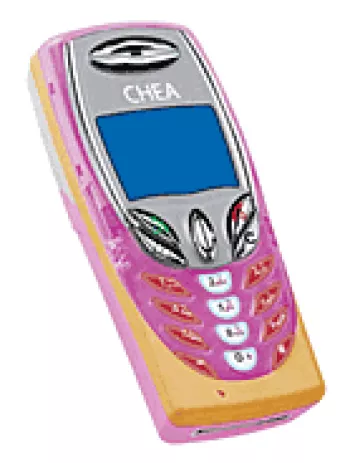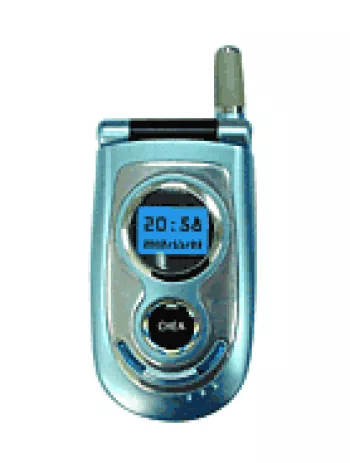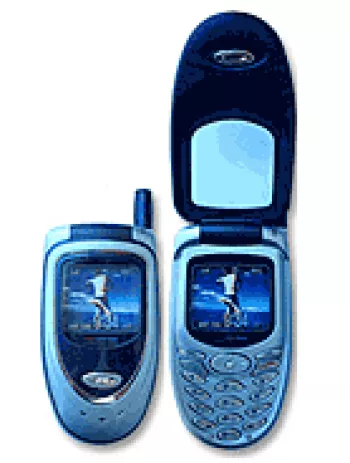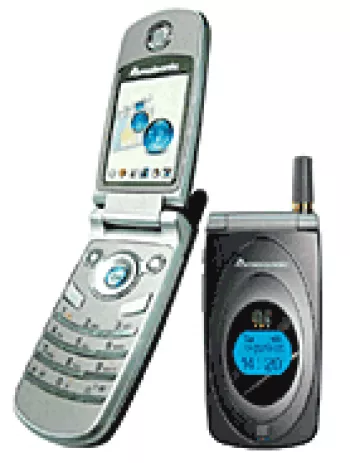
Introduction to Chea 328
The Chea 328 is a feature phone that was announced in the third quarter of 2003. Despite its announcement, it was later cancelled before it could hit the market. This phone was designed for simplicity and basic functionality at a time when smartphones were starting to gain popularity. The Chea 328 aimed to offer essential features needed for communication without the complexities of more advanced smartphones.
Network and Connectivity
The Chea 328 was intended to support GSM technology, operating within the GSM 900 / 1800 frequency bands. This would have made it compatible with a wide range of mobile networks at the time. The phone came with GPRS capability for basic internet connectivity, allowing users to access text-based web services. However, it lacked support for EDGE, which was becoming a standard for faster data transfer rates.
Design and Build
The Chea 328 featured a compact design with dimensions of 109 x 45 x 18 mm, making it easy to hold and carry. Weighing only 77 grams, it was lightweight, which contributed to its portability. The phone supported a Mini-SIM card, which was standard for devices of that era.
Display
The phone had a small STN display capable of showing up to 4096 colors. Although the display size is unspecified, it provided a resolution of 128 x 128 pixels with a 1:1 aspect ratio, which was adequate for displaying basic information and navigating the phone's menu.
Memory and Storage
Memory on the Chea 328 was quite limited, as it did not support external memory card slots. The phone had an internal phonebook capacity for storing up to 150 contacts, which was typical for feature phones of the time. Information on call records storage is not detailed.
Camera
Unlike many modern phones, the Chea 328 did not have a built-in camera, reflecting its focus on essential communication features rather than multimedia capabilities. This lack of a camera would have likely played a role in its cancellation, given the increasing demand for integrated cameras in mobile phones during that period.
Sound and Alerts
The Chea 328 was designed without a loudspeaker or a 3.5mm audio jack, making it clear that its multimedia capabilities were limited. It supported vibration alerts and polyphonic ringtones, and even included a composer for custom ringtones, which was a novel feature at the time.
Communication Features
For wireless connectivity, the Chea 328 did not include Bluetooth or WLAN. It was also missing GPS technology, FM radio capability, and did not feature a USB port, which are considered essential in modern mobile devices. These omissions highlight the phone's focus on basic telecommunication functions rather than connectivity and navigation.
Software and Applications
The phone ran a basic feature phone operating system, enabling functions such as SMS and MMS messaging. It featured a WAP 1.2 browser, allowing access to simplified web services. Additionally, it came pre-loaded with three games for entertainment. The operating language was English, which was standard for global devices. Java support provided some level of application functionality, aligning with feature phone capabilities.
Battery Life
Equipped with a removable Lithium-Ion battery rated at 650mAh, the Chea 328 promised decent battery life. It was rated for up to 150 hours of standby time and up to 5 hours of talk time, which was sufficient for users who needed a reliable communication device throughout the day without the need for frequent recharging.
Final Thoughts
Although the Chea 328 was cancelled before release, its specifications paint a picture of a device that highlighted essential feature phone functionality during the early 2000s. Its lack of advanced features and connectivity options made it less competitive as smartphones with integrated cameras, improved displays, and better connectivity began to dominate the market. Nonetheless, the Chea 328 remains a testament to the transition period in mobile technology, serving as a reminder of an era focused on pure communication needs.
Key Features of Chea 328
- Compact and lightweight design (77 g).
- GSM technology with 2G bands support (GSM 900/1800).
- Color display with 4096 colors and 128 x 128 pixels resolution.
- Supports SMS and MMS messaging.
- Includes 3 games for entertainment.
- Removable Li-Ion battery with up to 150 hours stand-by and up to 5 hours talk time.
- Polyphonic ringtones and composer feature.
- Java support for additional applications.
- WAP 1.2 browser for basic internet browsing.
Disadvantages of Chea 328
- No support for EDGE, limiting data transfer speed.
- Device was cancelled and never released to the market.
- Limited 4096 color STN display, which may not be as vivid or clear as modern screens.
- No memory card slot, limiting storage expansion.
- Very limited phonebook capacity, storing only up to 150 contacts.
- Lacks integrated camera, which is standard in modern devices.
- No loudspeaker functionality.
- No 3.5mm headphone jack, limiting audio connectivity options.
- Lacks support for Bluetooth, WLAN, and radio, restricting wireless connectivity options.
- No GPS positioning feature available.
- Basic browser (WAP 1.2) offering minimal web browsing experience.
- Limited games availability with only 3 options.
View Also
More Phones
All Rights Reserved +13675 Phones © Mobilawy 2025
























